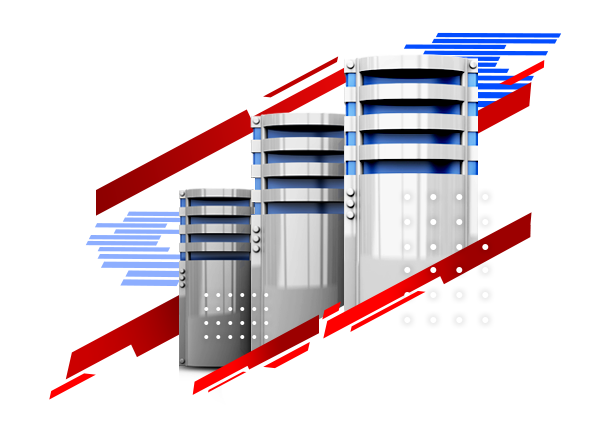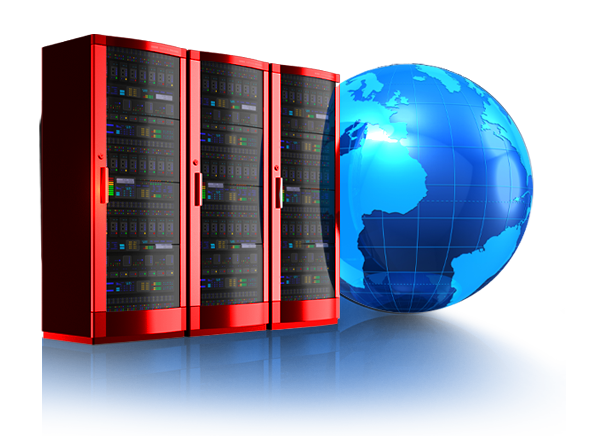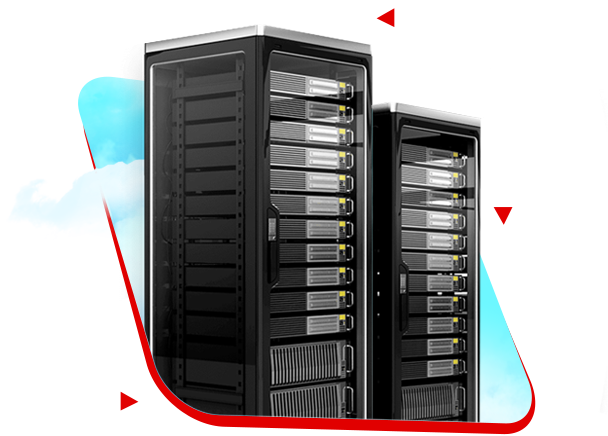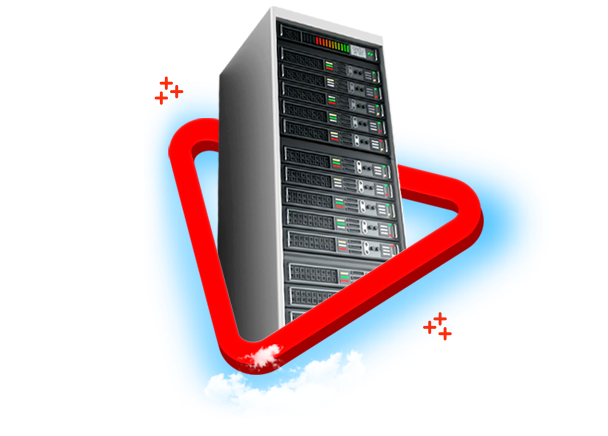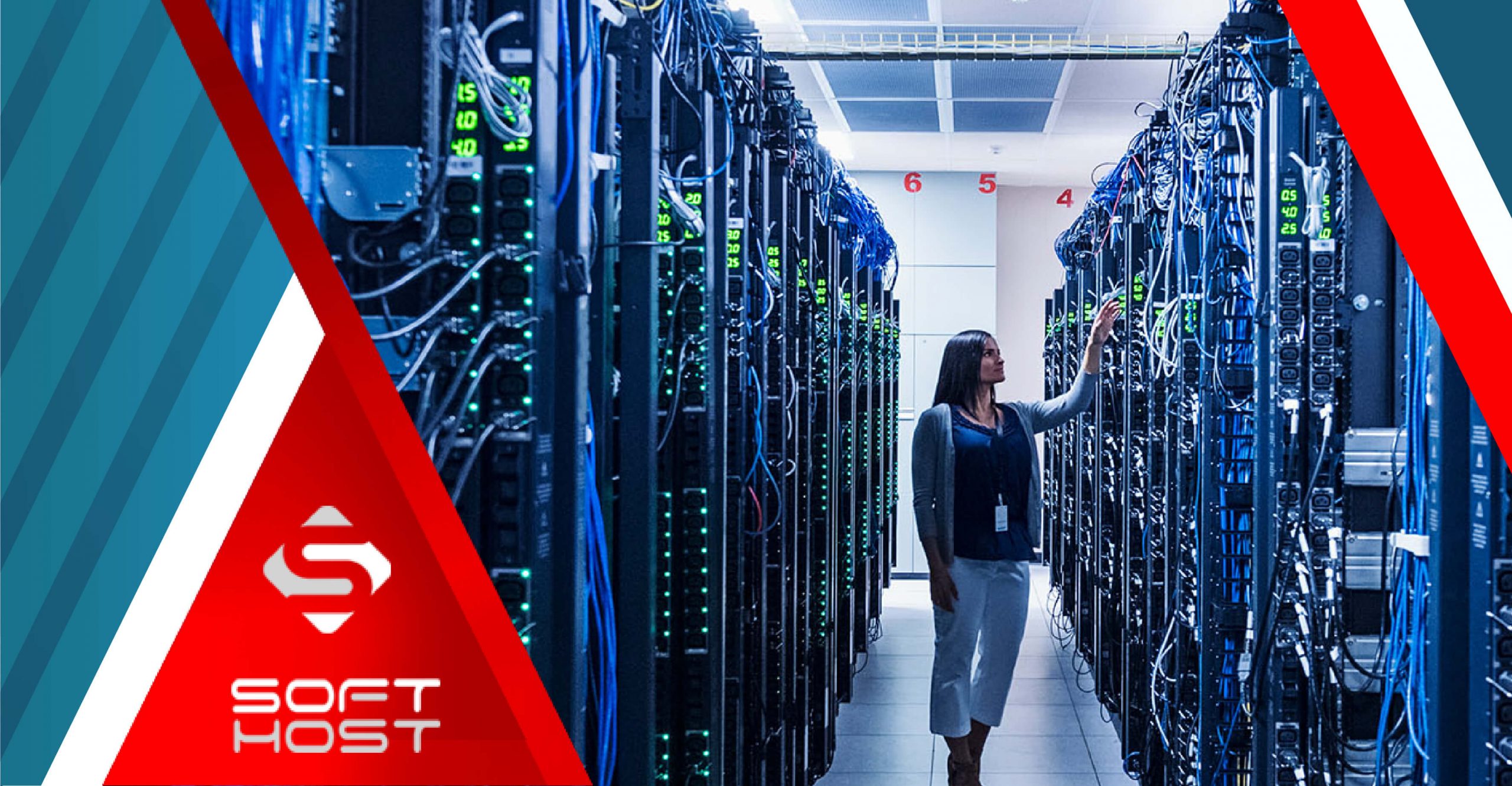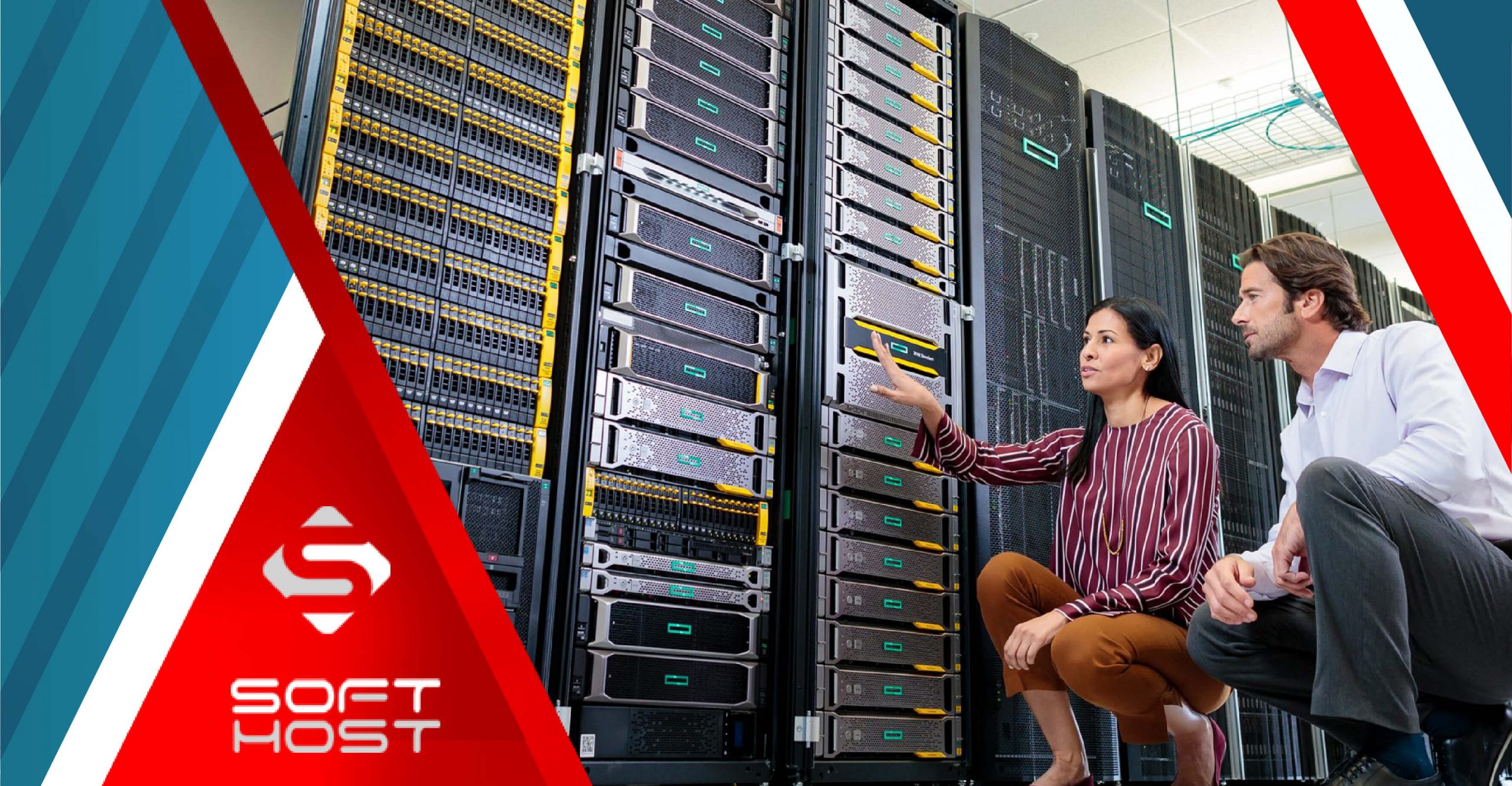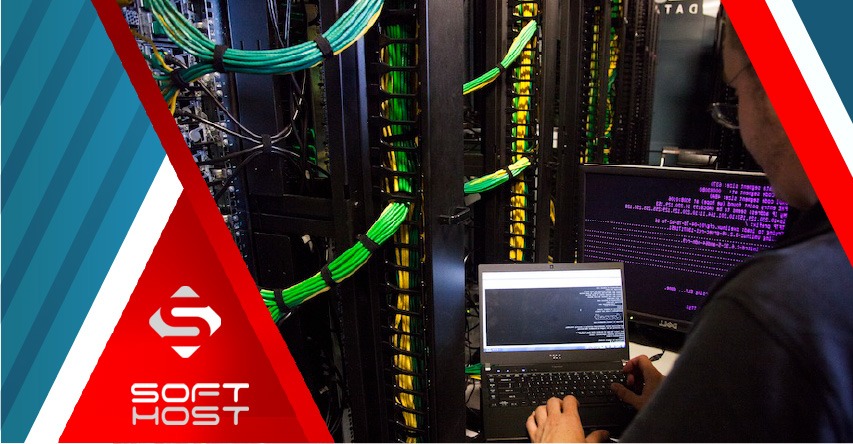
The use of servers is based on a large database, and to improve the user experience, server settings must be upgraded. From a professional point of view, GPU servers are highly efficient for rendering, deep learning, and scientific computing to increase computing speed.
You might be wondering, are GPU servers used for graphics and gaming? The answer is yes, they are the best option for rendering and gameplay companies. However, graphics processing units (GPUs) have many more uses than you might imagine due to their inherent ability to parallelize processing at speeds up to ten times faster than a CPU counterpart. Stay with us until the end of this article to learn about graphic servers, their application, benefits and even their purchase guide.
What is a GPU?
Table of Contents
GPU means graphic processor unit and is an abbreviation of Graphic Processor Unit. In fact, most people use the word GPU instead of graphics card. In fact, the graphics processor is the main part of a graphics card. Graphics processors are produced and supplied by two big brands, Nvidia and AMD.
Some of these graphics processors are included in graphics cards and are marketed by these brands. Some are supplied to brands such as Asus, Gigabyte, etc., to offer graphics cards with their appearance and configuration (appearance, RAM, fan, etc.) to the market.
What is a GPU server?
GPU server, as the name suggests, is a server consisting of a number of graphics processors designed to use the power of these processors. By using a CPU offloading process, we can delegate tasks to GPUs and increase server performance.
What is the difference between CPU and GPU?
We all know that CPU is a central processing unit. (As if it were a general purpose processing unit, since the CPU does everything needed to run your computer, laptop, and any other device.) The main difference between a CPU and a GPU is their purpose, the CPU is mainly used to perform general calculations. It is designed and the GPU is designed for graphics and video rendering purposes only.
More precisely, it can be said here that the GPU is a processor that helps the CPU and reduces its processing load. Processing graphics and video images requires many operations, such as pre-rendering files, creating files, compressing it, storing, etc. If all the processes are done by the CPU, the performance of the system will be extremely slow. So to prevent this from happening, the GPU does this computationally intensive work on its own and helps the CPU to work quickly.
GPU vs CPU cores
In general, the maximum number of CPU cores is limited, while the GPU has hundreds of cores. Another difference is that the CPU processes in a linear fashion, but the GPU divides the tasks and then processes them in parallel. This is why the GPU performs calculations faster.
Why invest in a GPU server?
A graphics processing unit, or GPU, is probably not the first hardware add-on that comes to mind when purchasing a hosting service, but it’s definitely worth your attention. Buying a GPU server has many advantages over CPU-only servers.
Next, we take a look at the capabilities of the GPU server.
What are GPU server capabilities?
The important features of the graphic server are:
-
Excellent graphics processing ability
GPU presence for:
- Receive graphic data input to the system
- Concurrent rendering using buffered memory
- Data processing
- Data storage
It is essential. The emergence of the GPU server has removed the responsibility of graphic processing from the CPU. Therefore, the processor can use its power to process non-graphic programs more optimally. By separating the graphics processing, not only the visual feeling will be improved, but the pressure on the overall performance of the computer will also be reduced.
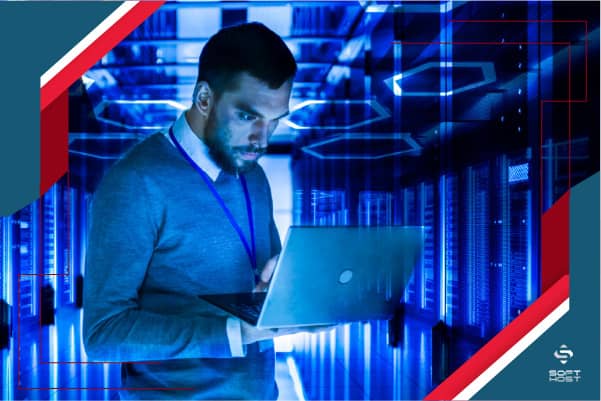
-
Efficient computing power
Thanks to its GPU, the GPU server has other capabilities besides processing graphics issues. Part of the ability of this processor is the ability to perform advanced calculations. The GPU releases its high-performance computing capacity in sync with the system’s computing pressure, and then performance improvement will naturally occur.
The GPU Server cloud management platform provides functionality that is consistent across infrastructure. They are suitable for complex IT environments and help companies in:
- Data processing
- Support for multiple acceleration cards
- Access to converged bandwidth
- Improved latency when sharing data
And… they help.
-
Server GPUs make calculations more efficient
GPU server speed is clearly higher than normal server processing speed. Also, for necessary calculations, or the need to deal with Big Data, servers with GPU capacity are a better choice to meet the demands of daily operations.
Advantages of GPU server
-
Maintain processor processing power
Running computationally intensive tasks on a single CPU can tie up the entire system. Offloading some processing to the GPU is a great way to free up resources such as CPU and RAM, and maintain performance stability.
The cool thing is that you can send the most demanding workloads to your GPU, while the CPU handles the main sequential processes. GPGPU strategies are critical to better serve high-speed users.
-
Big data grows in parallel environments
Many big data tasks on which business value depends involve performing the same operations repeatedly. The multitude of cores in GPU server hosting allows you to split this work between processors and crunch massive data sets at a faster rate.
-
Improving electricity consumption
Compatibility of technology with the environment is a goal that we all hope to achieve. GPU servers can help us get closer to our environmental goals. Even if you don’t process large amounts of data or want complex graphics, GPU-equipped servers use less power to do the same thing.
-
Software compatibility
Many modern software packages support GPGPU. Even some of them allow you to use your existing codes; By adding hints that tell the compiler where to delegate work to the GPU; parallel Of course, you may need to optimize certain parts of your apps. But when parallel computing is this easy to use, there’s no reason to hold back!
-
Start using Learning Machine
Deep learning and other technologies that rely on artificial intelligence (AI) training will greatly benefit from GPGPU. The GPU server can deliver huge amounts of data to the algorithms in parallel. Therefore, this server greatly optimizes the training capacity of your software to recognize trends and patterns that you are interested in analyzing.
Processes that rely on deep learning and artificial intelligence training are better suited for GPU servers. In fact, we dare say that you shouldn’t consider training AI without a GPU server. In artificial intelligence learning, parallel processing is needed to search for patterns and obtain high-speed inference.
GPU Server Use Cases
While the reasons for investing in a GPU server are too vast to cover in one article, we’ve outlined some of its use cases here.
-
3D processing
GPU servers are great for 2D and 3D computing and provide 3D graphics and GPU technologies to the point where they can now outperform CPUs designed for the same task.
-
Data analysis
A GPU server can process detailed calculations and complex mathematical and scientific programming. The richness of GPU cores allows big data to be processed simultaneously and analyzed much faster. Mining huge and complex data sets requires the speed and powerful processing of a GPU server.
-
GPU offloading
You can also think of a GPU as the mastermind. While CPU 1 is also a system with similar performance. Using a single CPU to perform heavy tasks can disrupt the entire system. Instead, you can distribute some of the workload to a single GPU, freeing up other resources for better performance.
-
Video encoding and streaming
Whether you’re converting video to a new format or streaming live events, GPU servers are the best tools for such workloads. Video management and converting are tasks that involve a lot of resources. But GPUs reduce the load on your system while speeding up output.
GPU Server Buying Guide
In purchasing any hosting service, it is necessary to get the necessary information about the host, your organizational needs and the hosting company providing the service before buying or renting. Here we will mention each one:
GPU server service type
There are different types of GPU hosting services, from cloud to dedicated and physical types, here we point out the explanation of each:
-
GPU virtual server
GPU virtual server is suitable for people who need high performance along with security. In this hosting service, the graphic card will be assigned to you independently, and the processor and other hardware such as memory and RAM will be personalized and separated for you by the virtualization software.
One of the advantages of the GPU virtual server is that it supports the technical issues of the server side with the hosting company. So it greatly reduces your costs. GPU Virtual Server also has high scalability that can keep pace with your enterprise development needs.
-
Dedicated GPU server
When choosing a dedicated GPU server, you can often choose the configuration you want. The more advanced the configuration you want, the higher the amount you have to pay for this hosting service. This also applies to all hardware components, especially the graphics card. On the other hand, the cost of keeping it will be with you. Unless you talk to the hosting company and they will help you maintain it.
In general, a dedicated GPU server will be suitable for large machine learning, gameplay, rendering, etc. projects. Apart from its software and hardware maintenance costs, the high level of security of these servers is not a secret.
GPU server hardware configuration (except graphics card)
Among other things that you need to consider before buying a GPU server are things like the amount of RAM required, the type of memory required and its size. On the other hand, the specifications of the processor will definitely have a great impact on the performance. In the following, we will provide a brief guide of each.
RAM:
RAM has a great impact on processing speed and will help the processor when processing heavy tasks. According to your need to install heavy software, open several software at the same time or issues such as your daily visitor traffic, choose the required amount of RAM.
Processor:
In order to prepare the processor:
- The number of cores
- Brand (Intel or AMD)
- The amount of cache
- Number of strings
It is important. In situations where the number of cores of two AMD and Intel processors are the same or have a close configuration, Intel will often win over AMD.
Hard drive or memory required:
Memories are divided into hard disk and SSD. SSD is definitely in a higher position because it can improve the processing speed of the server and any system. But how much volume you should get will definitely affect your costs.
GPU Server Operating System: Windows or Linux?
The choice of operating system is largely practical, because both are at an advanced level in terms of security and features. Windows is more expensive than free Linux in that it requires the purchase of a license! On the other hand, Linux requires a little knowledge to use. But in the end, Linux is usually used for scientific or large projects (due to its open source and ease of software development).
GPU server graphics specifications
How you will use the GPU server will definitely be effective in choosing the GPU you need on the server. For example, if you are looking for a graphics server to render movies with the usual quality and speed, you will definitely need someone who is looking for a graphics server to perform complex calculations and Big Data analysis; It will be different.
Here are the things related to the graphics card that you need to think about before buying:
- Brand: Nvidia or AMD
- Core (Cuda in Nvidia and Stream in AMD)
- Graphics card resolution
- The required RAM of the graphics card
- Clock frequency
- Video memory type
- Memory speed
- Development gaps
- Memory bandwidth
final word
GPU servers are fast becoming a mainstream computing and data storage tool. Software packages support GPU acceleration and even go so far as to work with your GPU to offload work to different parts of the server.
GPU-based hosting services are unlimited. Just imagine what you could do with thousands of cores crunching and calculating data at incredible speeds!
CATEGORY:Blog



